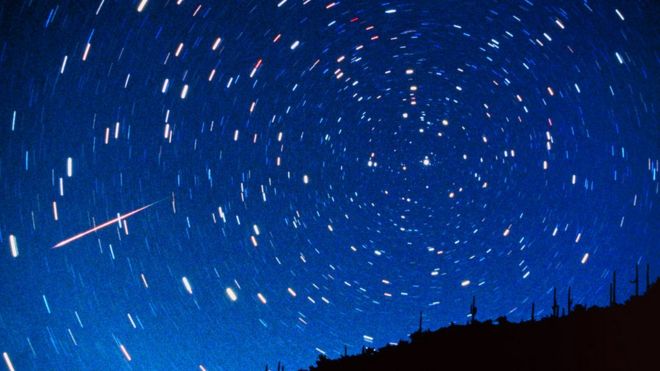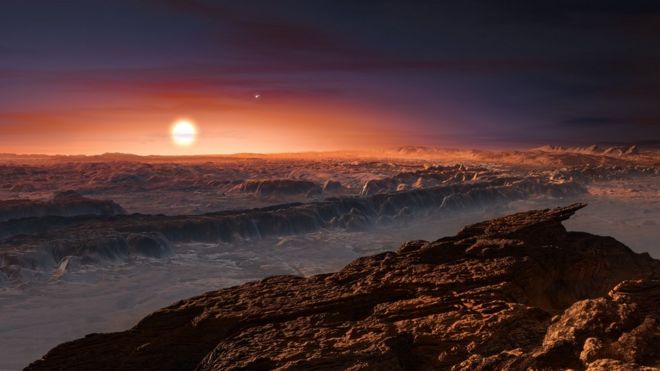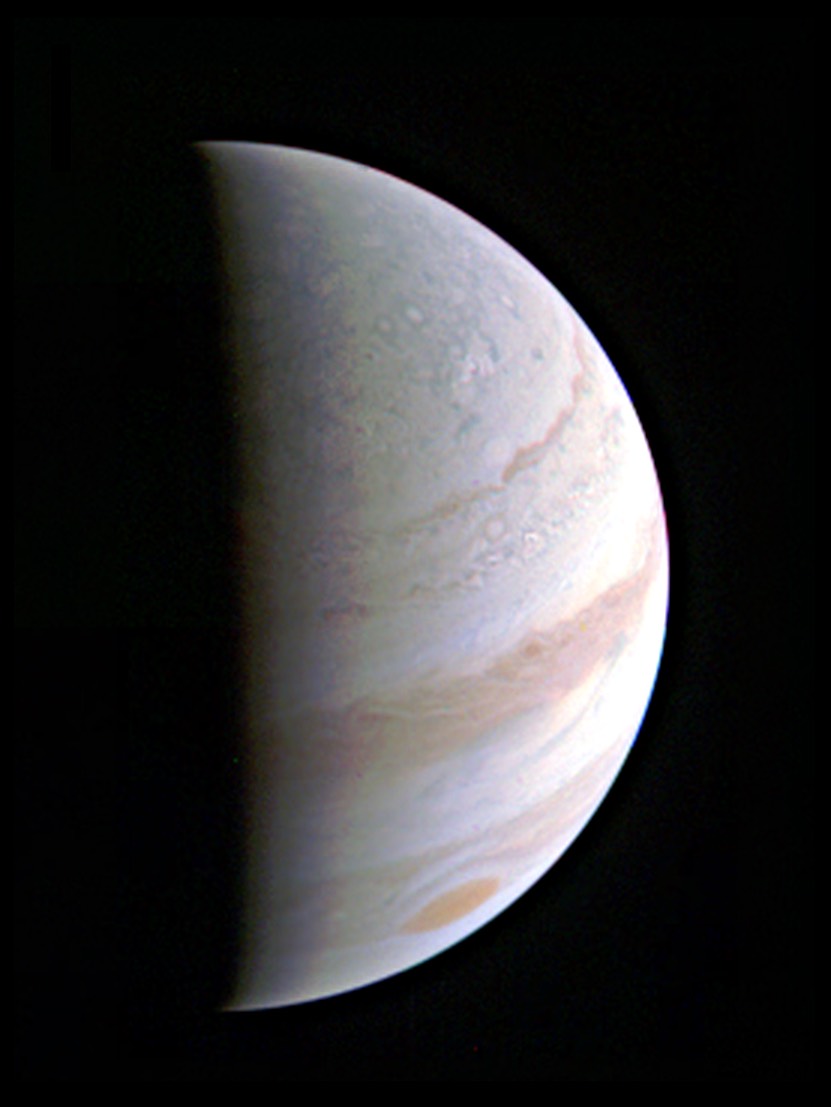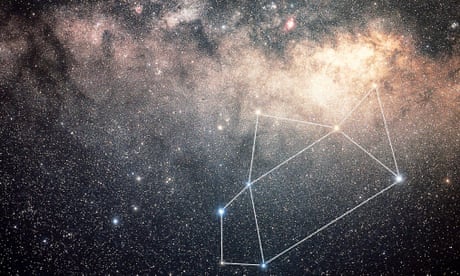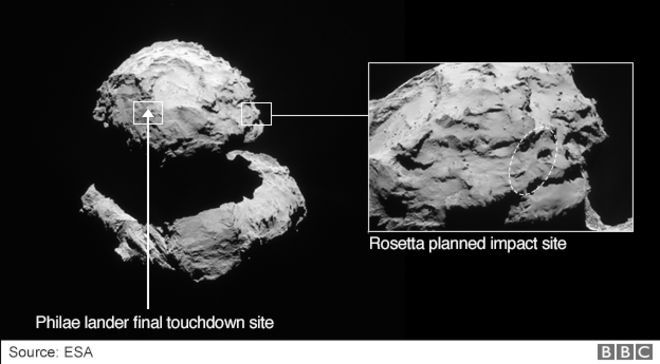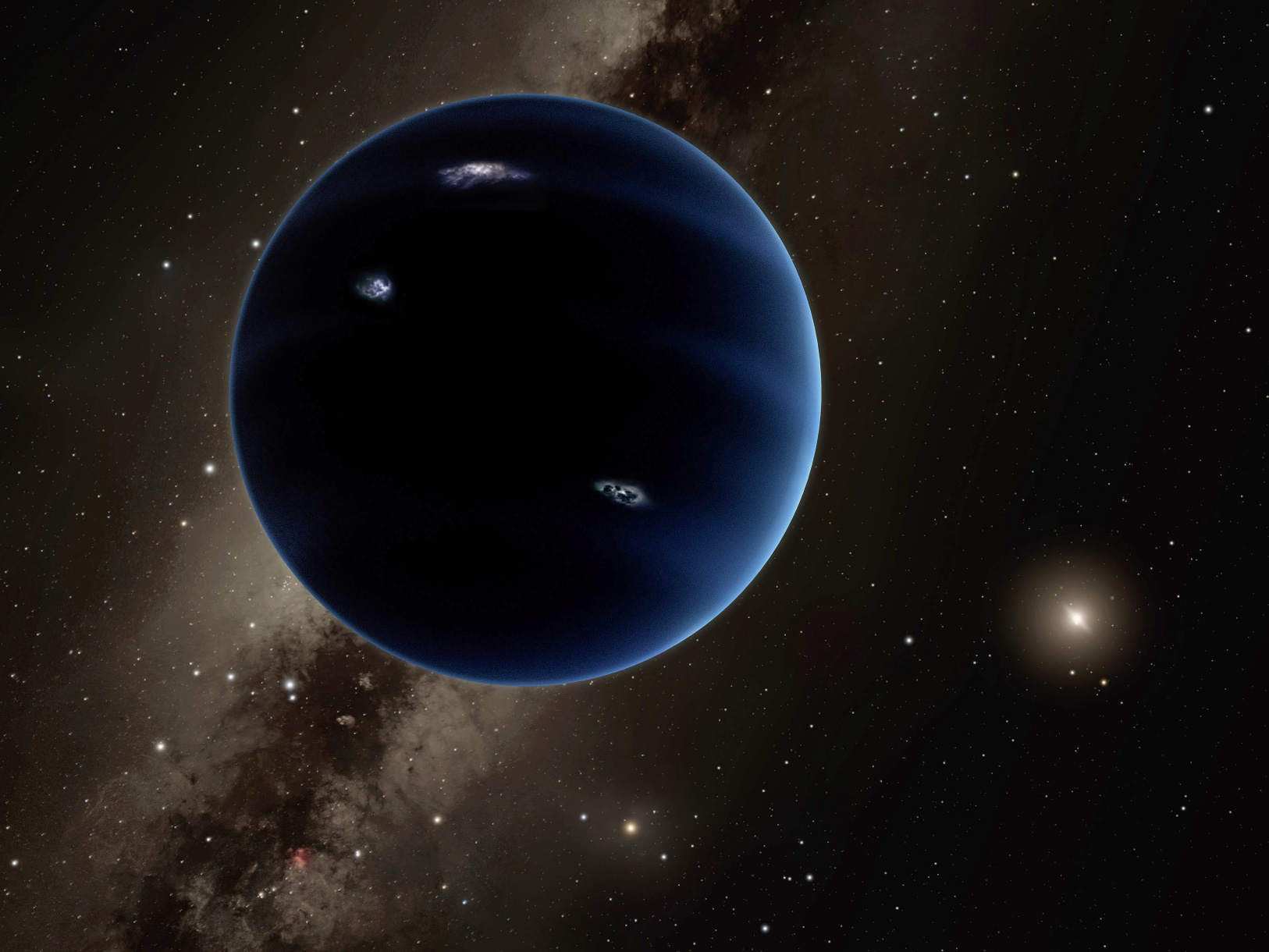Curious tilt of the Sun traced to undiscovered Planet Nine
https://astronomynow.com/2016/10/20/curious-tilt-of-the-sun-traced-to-undiscovered-planet-nine/
Planet Nine — the undiscovered planet at the edge of the solar system that was predicted by the work of Caltech’s Konstantin Batygin and Mike Brown in January 2016 — appears to be responsible for the unusual tilt of the Sun, according to a new study.
The large and distant planet may be adding a wobble to the solar system, giving the appearance that the Sun is tilted slightly.
“Because Planet Nine is so massive and has an orbit tilted compared to the other planets, the solar system has no choice but to slowly twist out of alignment,” says Elizabeth Bailey, a graduate student at Caltech and lead author of a study announcing the discovery.
All of the planets orbit in a flat plane with respect to the Sun, roughly within a couple degrees of each other. That plane, however, rotates at a six-degree tilt with respect to the Sun — giving the appearance that the Sun itself is cocked off at an angle. Until now, no one had found a compelling explanation to produce such an effect. “It’s such a deep-rooted mystery and so difficult to explain that people just don’t talk about it,” says Brown, the Richard and Barbara Rosenberg Professor of Planetary Astronomy.
Brown and Batygin’s discovery of evidence that the Sun is orbited by an as-yet-unseen planet — that is about 10 times the size of Earth with an orbit that is about 20 times farther from the Sun on average than Neptune’s — changes the physics. Planet Nine, based on their calculations, appears to orbit at about 30 degrees off from the other planets’ orbital plane — in the process, influencing the orbit of a large population of objects in the Kuiper Belt, which is how Brown and Batygin came to suspect a planet existed there in the first place.
“It continues to amaze us; every time we look carefully we continue to find that Planet Nine explains something about the solar system that had long been a mystery,” says Batygin, an assistant professor of planetary science.
Their findings have been accepted for publication in an upcoming issue of the
Astrophysical Journal, and will be presented this week at the American Astronomical Society’s Division for Planetary Sciences 48th annual meeting, held jointly in Pasadena, California, with the 11th European Planetary Science Congress.
The tilt of the solar system’s orbital plane has long befuddled astronomers because of the way the planets formed: as a spinning cloud slowly collapsing first into a disc and then into objects orbiting a central star.
Planet Nine’s angular momentum is having an outsized impact on the solar system based on its location and size. A planet’s angular momentum equals the mass of an object multiplied by its distance from the Sun and corresponds to the force that the planet exerts on the overall system’s spin. Because the other planets in the solar system all exist along a flat plane, their angular momentum works to keep the whole disc spinning smoothly.
Planet Nine’s unusual orbit, however, adds a multi-billion-year wobble to that system. Mathematically, given the hypothesised size and distance of Planet Nine, a six-degree tilt fits perfectly, Brown says.
The next question, then, is how did Planet Nine achieve its unusual orbit? Though that remains to be determined, Batygin suggests that the planet may have been ejected from the neighbourhood of the gas giants by Jupiter, or perhaps may have been influenced by the gravitational pull of other stellar bodies in the solar system’s extreme past.
For now, Brown and Batygin continue to work with colleagues throughout the world to search the night sky for signs of Planet Nine along the path they predicted in January. That search, Brown says, may take three years or more.
Related Articles
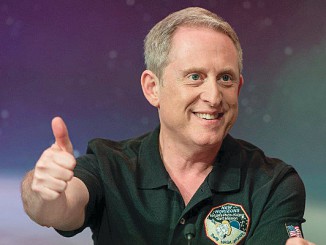 Alan Stern receives Carl Sagan Award
Alan Stern receives Carl Sagan Award
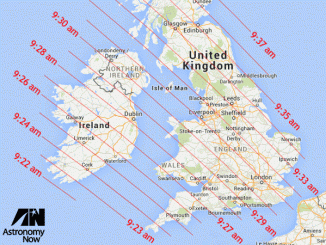 Your minute-by-minute solar eclipse timeline for the British Isles
Your minute-by-minute solar eclipse timeline for the British Isles
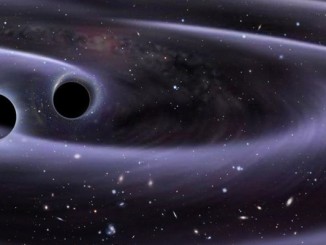 Newly dedicated observatory to search for gravitational waves
Astronomy Now NewsAlert
Newly dedicated observatory to search for gravitational waves
Astronomy Now NewsAlert
Get the latest astronomical news and stargazing tips delivered to your inbox.
News Headlines
